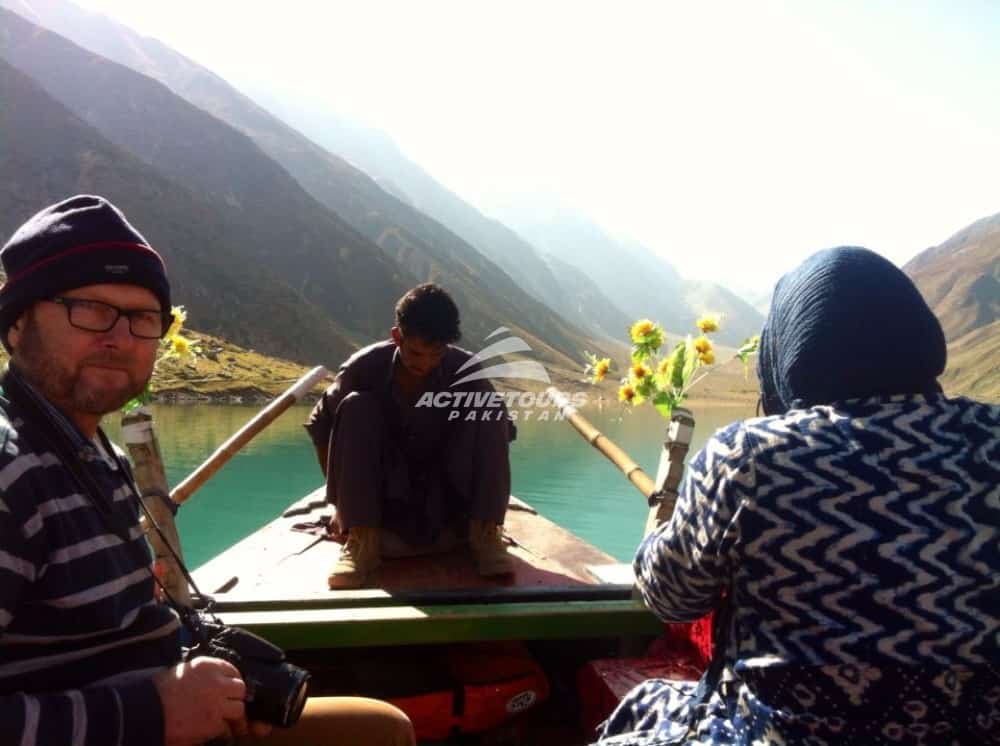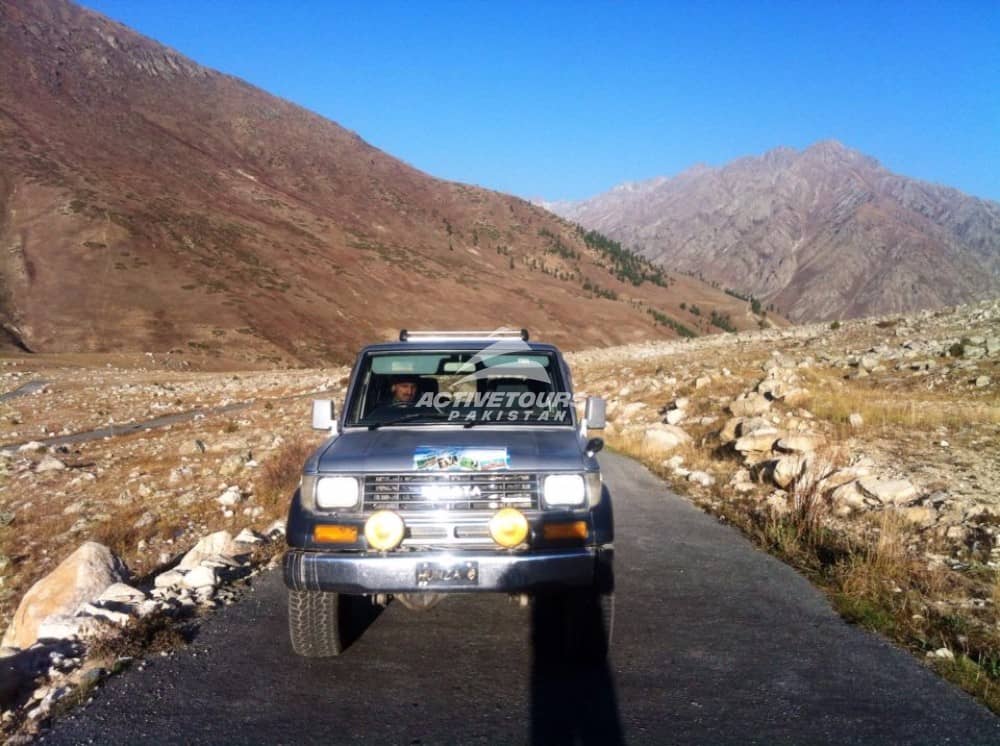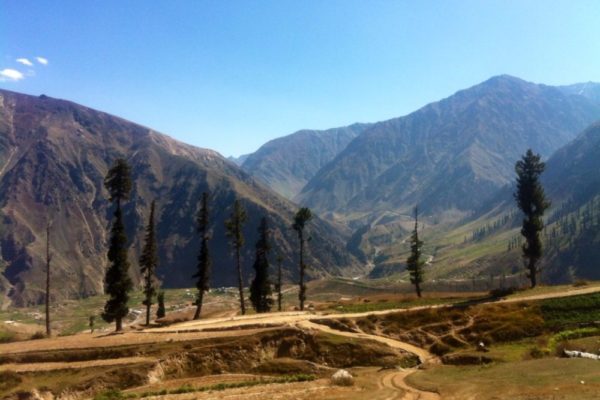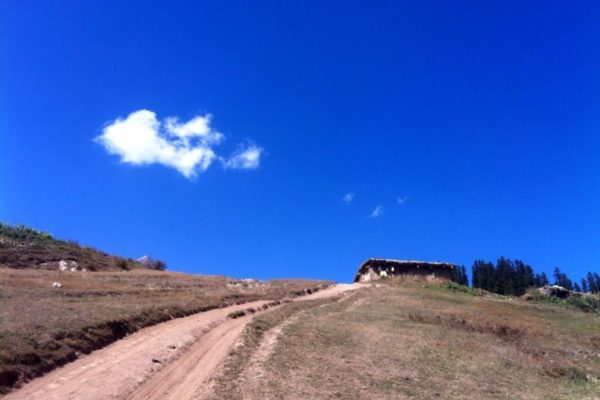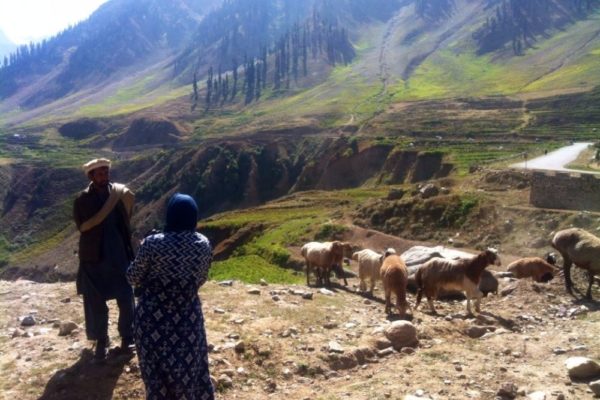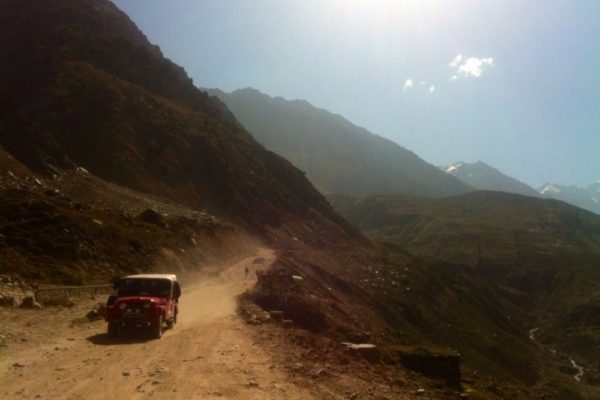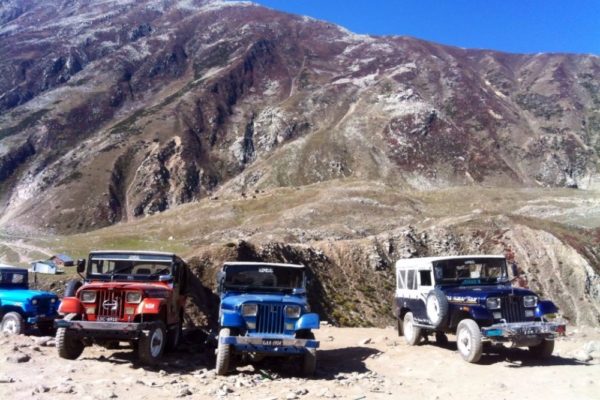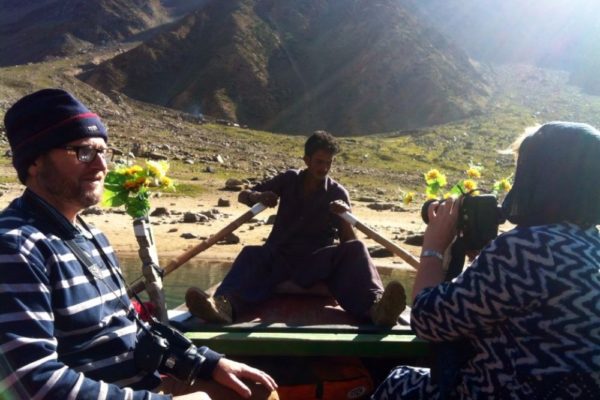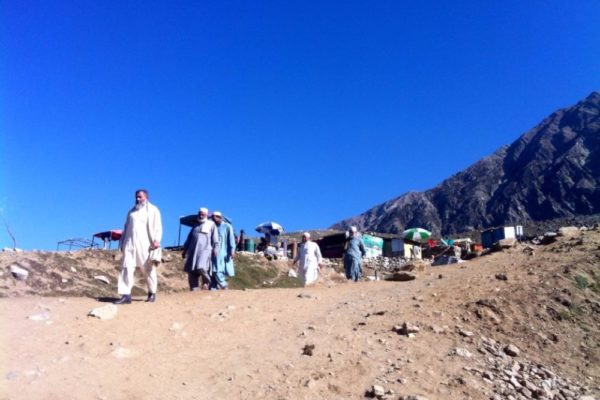The Swat valley is one of the most fertile and easily accessible mountainous areas in northern Pakistan.
The main attraction is its scenic beauty – lush green valleys with thick pine forest, surrounded by snowy peaks – and pleasant climate in summer. In addition, the area is rich in historical sites dating back to the Gandhara Buddhist period and earlier. Swat is one of the most popular hill destinations for foreign tourists, after Murree and the Galis. Rising in the Shandur Range, the three principal sources of the Swat River the Gabral, Bahandra and Ushu – unite at Kalam 2013m into a single hill torrent which then drops 18 meters per kilometer in a narrow gorge for 39 kilometers before reaching Madyan (1312m). The people of Swat Valley are mostly Yusafzai Pathans, displaced from the Peshawar Valley by the related Mandnar Yusufzais late in the 16th century.
The Swat Valley favorable environment for settlement has been compared with that of Zagros Mountains in present-day Iran, the traditions ‘Cradle of Civilization’. The earlier evidence of settlement goes back at least 10,000 years to the early ‘Grave Culture’, so called because of primary evidence of settlement comes from the graves. The first written reference to the valley comes from the Vedic literature of the Aryans who called it ‘Suvastu’. Later in 327 BC, Alexander the great passed through the great when he came through Afghanistan, by way of Bajour and Dir, he captures the ancient fort of Bazira in present-day Barikot, and Ora (Udegram before he went on to the plain of Peshawar. At the height of the Buddhist Gandharan civilization in the first century AD, there were at least 1400 monasteries in lower Swat alone. The Tantric and Mahayana schools of Buddhism were developed here, spreading throughout the subcontinent.
The valley is still rich in Buddhist Monasteries ruins, stupas, sculptures and rock carving. From about the 17th century AD, the Swat Valley became the refuge for a much reduced Buddhist culture. Hinduism grew and Hindu Shahi rulers extended their control into the valley during 18th, 19th century AD until they were supplanted by the Muslim, Mahmud of Ghazni. Later, under the Mughuls, both Babur and Akbar fought to control the Yusufzai Pathans of Swat, the former marrying into the tribe in 1519. During the British period, Swat was the scene for the famous Malakand Campaign of 1897 against the Sayyid Hajji Shoain Baba who preached jihad against the British. Swat Valley was consolidated into an independent state in 1926 by the Wali or ruler, Miangal Gulshezada Abdul Wadood, the grandson of the Akhund of Swat, a famous Sufi ascetic, and religious leader. His son Miangak Jahanzib took over in 1940 until 1969 when Swat was integrated into NWFP. They were the competent leaders who achieved internal political integration and promoted the building of roads, hospitals, and a free school system. The peak season generally from Mid April to end of September when the climate higher up the valley is at its best.


